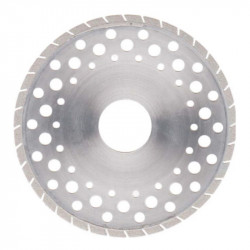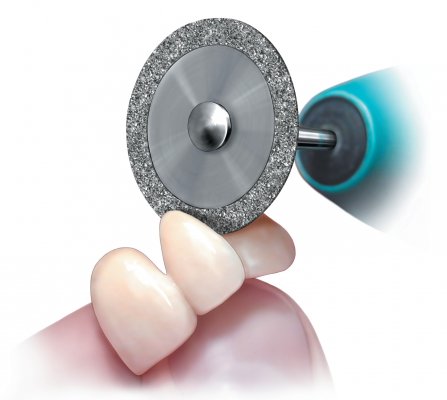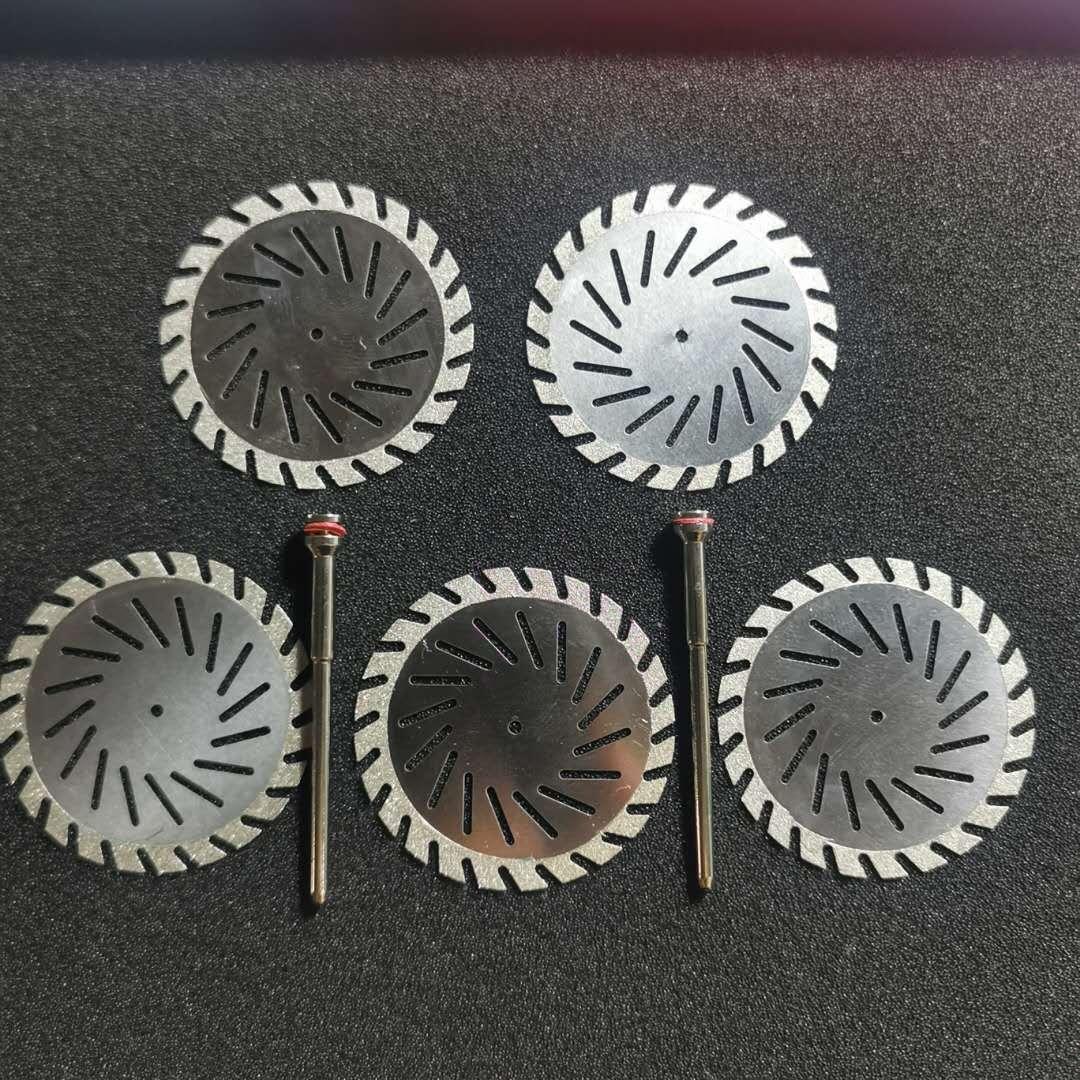Description
A diamond dental disc is a rotary abrading device made of stainless steel which is coated with a diamond bur on the working end, and which is designed to fit into a dental handpiece.
These discs are thin enough to be used for trimming in interproximal areas and powerful enough to cut harder restorative materials such as zirconia and lithium disilicate.
Classification
There are two sorts of diamond discs depending on the coated sides: Double-sided and Single-sided.


They are also available in different strengths and diamond grit sizes. And can be divided into Extra Fine, Fine, and Medium.

What are diamond discs used for?
They are used to cut cured concrete, green concrete, asphalt, brick, block, marble, granite, ceramic tile, or just about anything with an aggregate base. The segments are formulated with synthetic diamond particles mixed in precise amounts with powdered metals that compose the bond.
They're utilized to trim surplus materials and finish dental restorations made from a variety of materials.
When creating dental restorative materials, the use of a dental diamond disc is integral in not only the fabrication but also in the contouring and shaping of the restoration. To make restoratives that are comfortable for the patient, this process requires the ultimate precision and control.
How long does a diamond disc last?
If you're cutting with a low-quality diamond disc in optimal conditions, it can last up to 12 hours. However, if you're cutting particularly heavy materials, you don't have a proper technique or you are dry cutting, the life expectancy can be half or less.
What should you keep in mind when using it with a handpiece?
1.The RPM
The speed of work (RPM) should be paid attention to. The maximum RPM can be found on the product package. If the disc is used outside of its RPM range, the part may break, posing a risk to the patient or the user.
Operating a disc at too high of an RPM may generate undesirable heat, which can result in patient pain, tooth or tissue necrosis, or burns.
2.Correct Operation
First, do not force the disc into the handpiece. Check both the handpiece turbine and the part in case of difficult access and refer to the handpiece instructions.
Second, do not apply excessive pressure on the disc as this could cause undesirable heat or cause the device to fail, result in damage to the patient or user.




